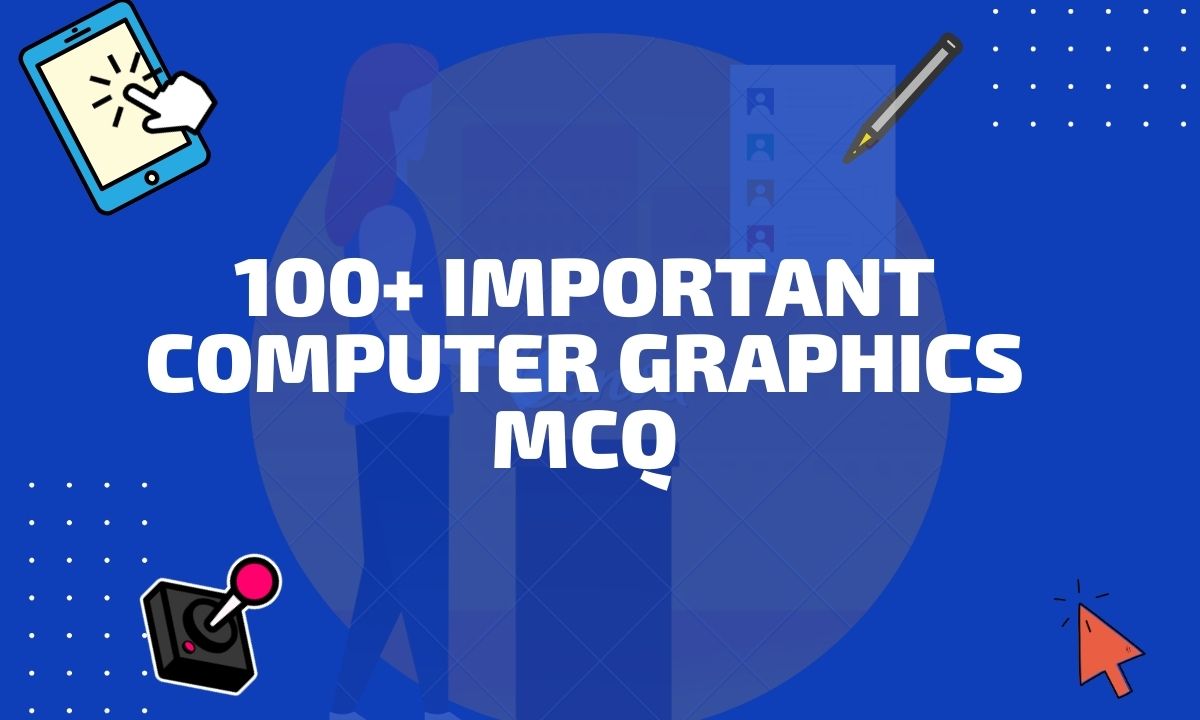Homogeneous coordinates are a way of representing points and vectors in an n-dimensional space using n+1 coordinates. In the context of computer graphics, homogeneous coordinates are often used because they allow for a convenient representation of translations and projective transformations. Homogeneous coordinates plays important role in the sucess in modern computer graphics.

Advantages of Homogeneous Coordinates in Computer Graphics
Some advantages of using homogeneous coordinates in computer graphics include:
1. Simplicity
Homogeneous coordinates allow for a unified representation of points, vectors, and lines, which can simplify many graphics algorithms and make them more intuitive to understand. For example, consider the problem of rotating a point around the origin. Using Cartesian coordinates, we would need to apply a rotation matrix and then translate the point back to its original position. With homogeneous coordinates, we can simply apply a single rotation matrix to the point, which is a simpler and more intuitive solution.
2. Compactness
Using homogeneous coordinates can reduce the number of arithmetic operations needed to perform certain transformations, which can improve the efficiency of graphics algorithms. For example, consider the problem of translating a point by a given vector. In Cartesian coordinates, we would need to perform two additions to translate the point. With homogeneous coordinates, we can simply multiply the point by a translation matrix, which requires only one matrix multiplication.
For You >> Types of computer Graphics
3. Robustness
Homogeneous coordinates are less sensitive to numerical errors and rounding errors than other representations, which can make them more robust in the face of these types of issues. For example, consider the problem of normalizing a vector using Cartesian coordinates. If the vector is very small, we might need to divide by a very small number, which can introduce significant rounding errors. With homogeneous coordinates, we can simply divide the vector by its w-coordinate, which is generally less sensitive to rounding errors.
4. Flexibility
Homogeneous coordinates can be used to represent a wide variety of transformations, including translations, rotations, scales, and perspective projections, which makes them a versatile tool for many different graphics applications. For example, we can use homogeneous coordinates to represent a perspective projection matrix, which can be used to simulate the effect of a camera in a 3D scene.
Similar >> Importance of Computer Graphics
5. Convenience
Many common graphics transformations, such as translations and perspective projections, can be represented as matrix multiplications when using homogeneous coordinates. This can be convenient because matrix multiplication is a fast and efficient operation that can be easily implemented on modern hardware.
6. Clipping
Homogeneous coordinates can be used to represent points at infinity, which can be useful for certain clipping algorithms. For example, the Cohen-Sutherland line clipping algorithm uses homogeneous coordinates to represent the edges of the clipping window as lines at infinity.
7. Interpolation
Homogeneous coordinates can be used to interpolate between points and vectors in a way that preserve the properties of the original points and vectors. This can be useful for certain types of animation and modeling.
8. Compatibility
Homogeneous coordinates are used by many different graphics libraries and APIs, which can make it easier to integrate graphics algorithms into a larger system. For example, if you are using a library that expects points and vectors to be represented in homogeneous coordinates, it can be easier to use homogeneous coordinates throughout your code rather than constantly converting between different coordinate systems.
Read Similar >> Advantages of Computer Graphics
In conclusion, homogeneous coordinates have several advantages when used in computer graphics. They provide a simple and unified representation of points, vectors, and lines, which can make graphics algorithms easier to understand and implement. Homogeneous coordinates can also be more compact and efficient than other representations, and are less sensitive to numerical errors and rounding errors. Additionally, homogeneous coordinates can be used to represent a wide variety of transformations, including translations, rotations, scales, and perspective projections, which makes them a versatile tool for many different graphics applications. Furthermore, homogeneous coordinates are convenient to work with, as they can be easily represented as matrix multiplications, and are used by many different graphics libraries and APIs. Overall, homogeneous coordinates are a useful and powerful tool for many computer graphics applications.



